Knowing what each dashboard symbol means lets you react fast, avoid damage, and keep everyone safe. The lights act like a built-in early-warning system: red demands an immediate stop, amber asks for prompt attention, and green simply confirms a feature is active.
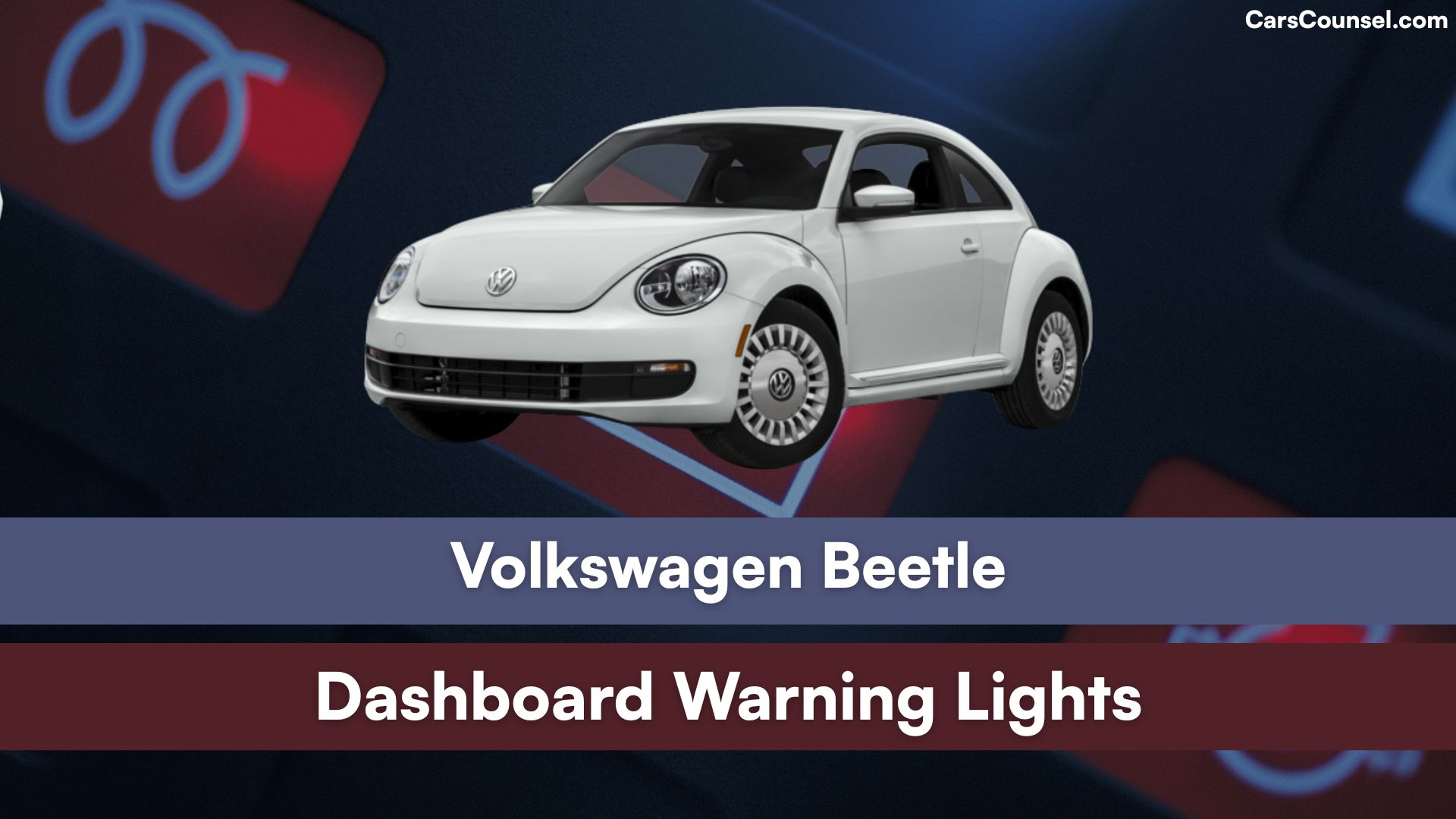
Quick Navigation
Red Lights — Stop Immediately
Engine Oil Pressure
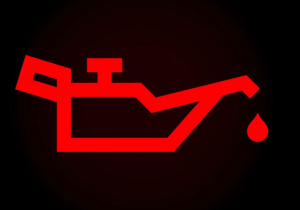
Oil pressure too low or temperature too high; switch off engine, check oil, and call for help.
Brake System
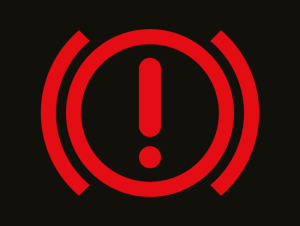
Brake fluid low or hydraulic fault; pull over safely and arrange professional repair.
Battery/Alternator
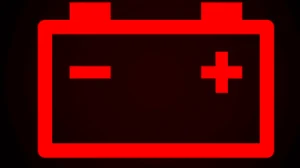
Charging failure; engine may stall soon. Turn off accessories and head to a workshop.
Coolant Temperature
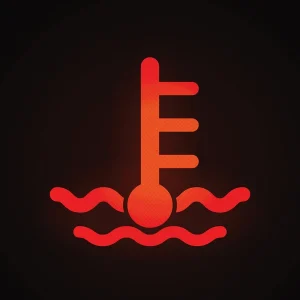
Engine overheating or coolant low; stop, let engine cool, and top up coolant if needed.
Power Steering Failure
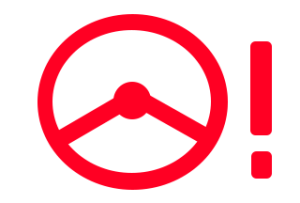
Total steering assist loss; steering feels heavy. Do not continue driving.
Electronic Parking Brake
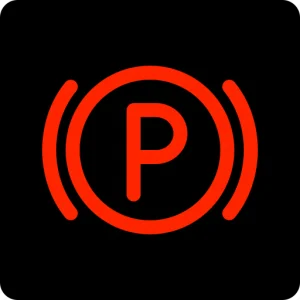
System fault; brakes may not hold. Park safely and seek service.
Seatbelt Reminder
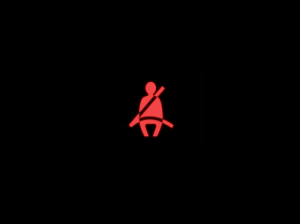
Front seatbelt unbuckled while moving; stop and fasten belt immediately.
Airbag Fault

Airbag or pre-tensioner inactive; safety at risk. Drive only to a repair center.
Door Ajar
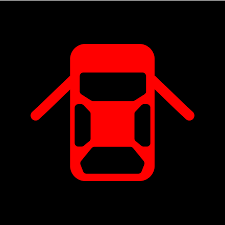
A door isn’t fully closed; stop and shut it firmly to prevent accidents.
Bonnet/Hood Open
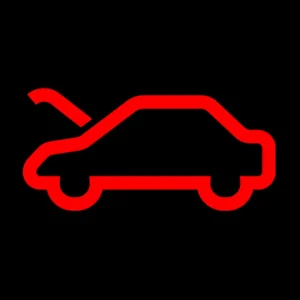
Hood unsecured; pull over and latch properly to avoid vision loss or damage.
Boot/Liftgate Open
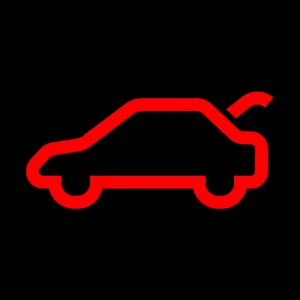
Rear hatch not closed; stop and secure to protect cargo and visibility.
Central Warning Lamp
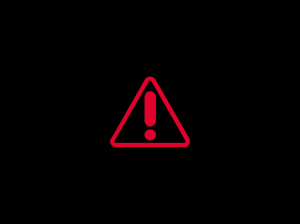
Critical fault stored in cluster; read message and stop as instructed.
Transmission Overheat
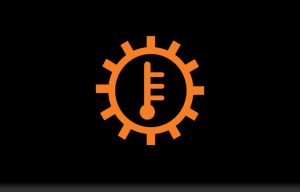
DSG temperature too high; stop, select park, and let it cool down.
AdBlue “No Restart”
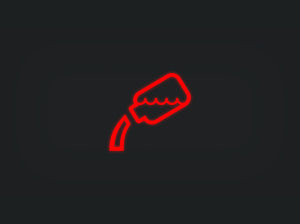
Additive empty; engine will not restart once turned off. Refill immediately.
Brake Fluid Low
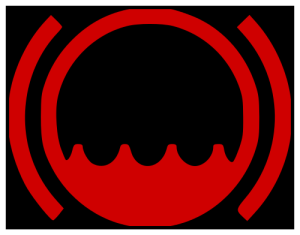
Fluid below minimum; braking power compromised. Do not drive further.
Yellow / Amber Lights — Action Required Soon
Check Engine / Emissions
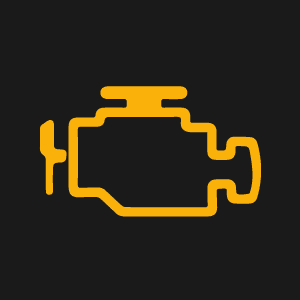
Engine or emissions fault; performance may drop. Book diagnostics promptly.
ABS
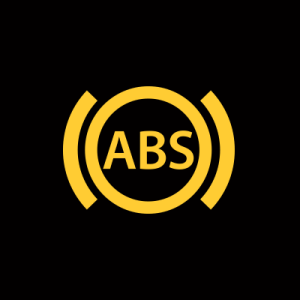
Anti-lock brakes disabled; braking distance may rise. Service soon.
ESP / ESC
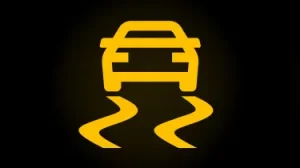
Stability control fault or deactivated; drive cautiously and have it checked.
Tyre Pressure
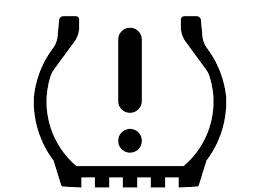
One or more tyres under-inflated; inflate to spec and reset system.
Fuel Level Low
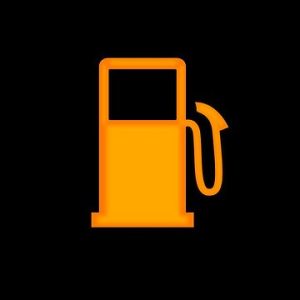
Range limited; refuel as soon as possible to avoid running dry.
Glow Plug (Diesel)
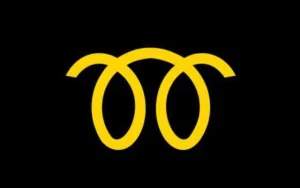
Pre-heat active or flashing fault; wait to start or arrange service if flashing.
DPF (Particulate Filter)
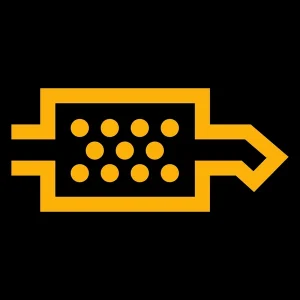
Filter clogged; drive at steady speed to regenerate or visit dealer.
Brake Pad Wear
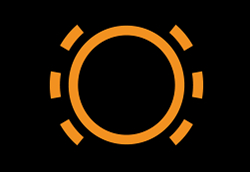
Pads thin; braking efficiency falling. Replace soon.
Bulb Failure

Exterior light out; replace bulb to stay legal and visible.
Rain/Light Sensor Fault
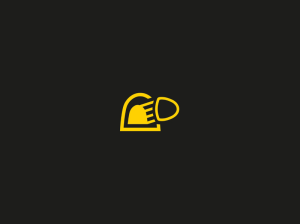
Automatic wipers/lights offline; operate manually and seek repair.
Fuel Cap Missing
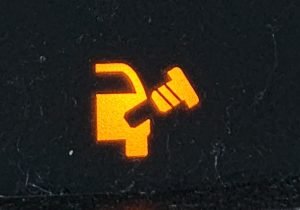
Cap loose or absent; tighten or replace to avoid vapor loss.
Automatic Gearbox
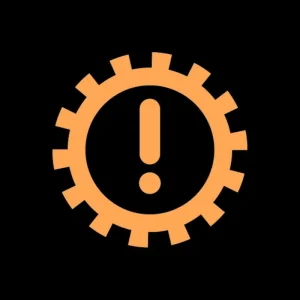
Transmission control issue; shifting may feel harsh. Get it diagnosed.
AdBlue Level Low
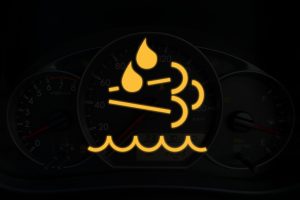
Additive nearly empty; refill to maintain emissions system.
Green Lights — Information Only
Turn Signals
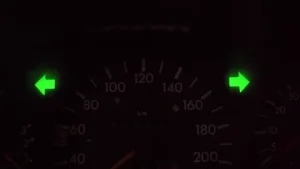
Indicator active; confirms directional signal is on.
Cruise Control On
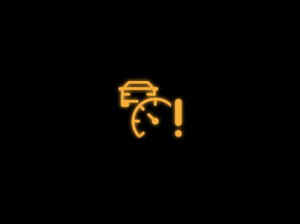
System ready; set speed to engage.
ACC Active
Adaptive cruise regulating speed and distance.
Lane Assist Active
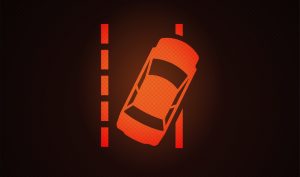
Lane-keeping engaged; helps stay centred.
ECO Mode
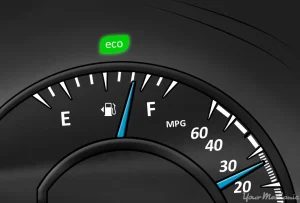
Fuel-saving program selected; engine and climate adjust for economy.
DRL
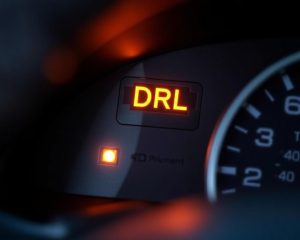
Daytime running lights operating; no action needed.
Fog Lights Front

Front fog lamps switched on; remember to turn off in clear weather.
Fog Lights Rear
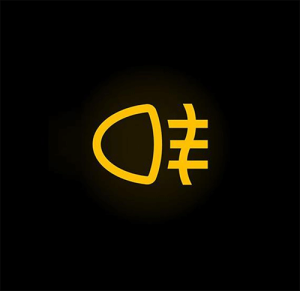
Rear fog lamp active; use only in poor visibility.
High Beam

Headlight high beams engaged; dip for oncoming traffic.
Parking Lights

Marker lights on while parked.
Auto Stop-Start
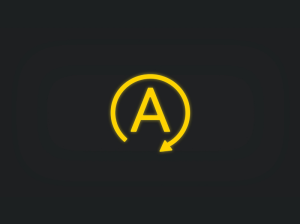
Engine stopped automatically at idle; releases on clutch/brake change.
Press Clutch Pedal
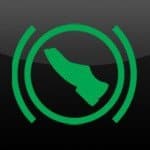
Prompt to depress clutch before starting; standard start-assist prompt.
Speed Limiter On
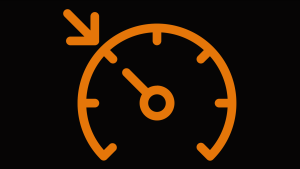
Maximum speed set; car won’t exceed selected limit.
Side Assist Active
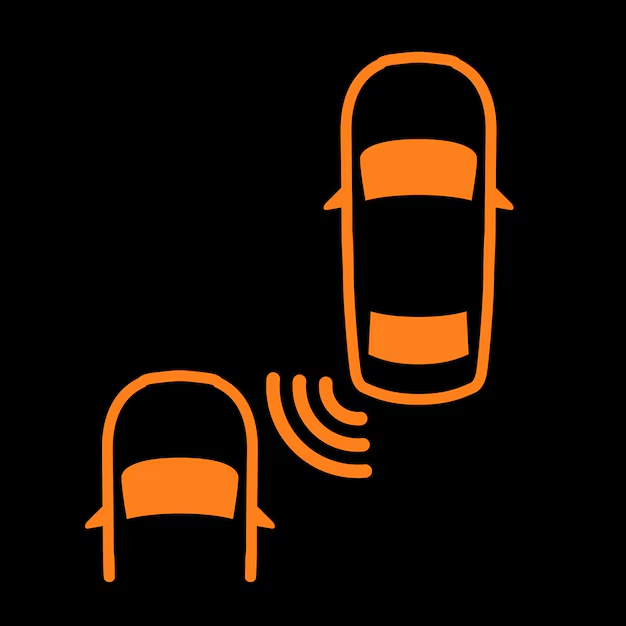
Blind-spot monitoring turned on; system scanning adjacent lanes.
When looking at Volkswagen , make sure to check out our guides on models like the Volkswagen Golf, Volkswagen Transporter, Volkswagen ID-Series , and Volkswagen T5-T6 Transporter. Understanding dashboard warning lights is essential. Our expert reviews break down what each light means, highlighting common alerts for these models and what they could signal about underlying issues, so you’re never left guessing behind the wheel.

